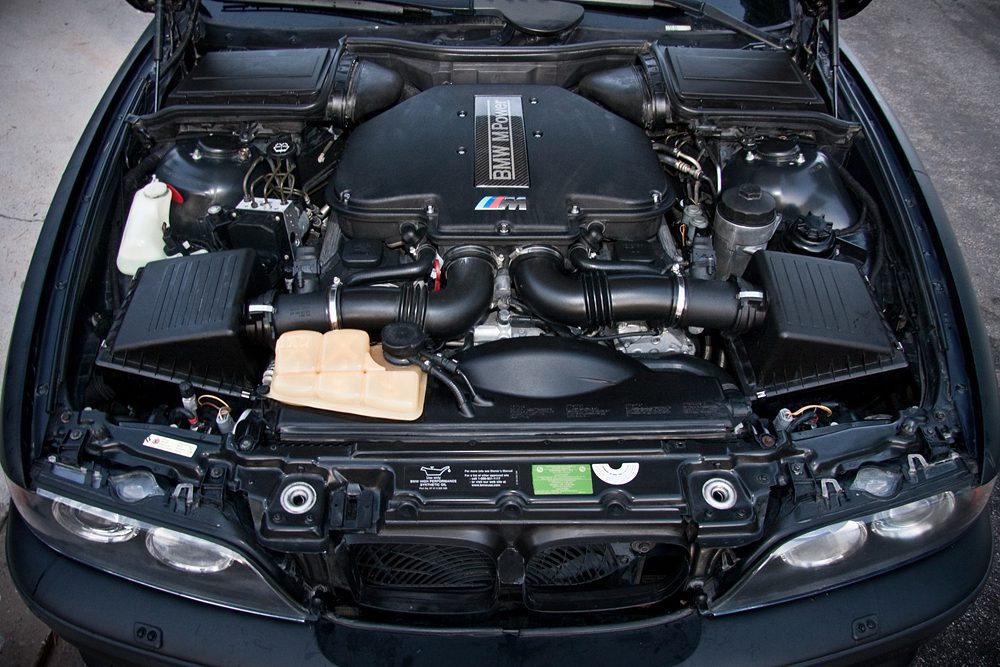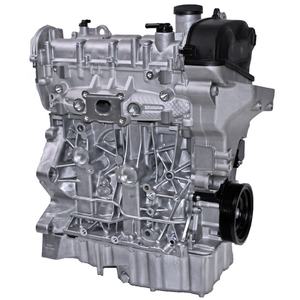Opel Corsa Engine: Performance and Integrity for Your Vehicle
Opel Corsa Engine: Performance and Integrity for Your Vehicle
Blog Article
Reliable and Powerful Tiny Cars and truck Motor Efficiency Evaluation
Evaluating the efficiency of tiny vehicle electric motors is a nuanced job that calls for an eager eye for detail and a deep understanding of automotive design principles. By taking a look at vital metrics such as horse power and torque, as well as evaluating fuel effectiveness, we can discover understandings right into just how small cars and truck engines can be maximized for peak efficiency.

Tiny Vehicle Motor Efficiency Metrics
In analyzing the efficiency of tiny vehicle motors, crucial metrics such as velocity, gas performance, and power result play an important function in identifying their total performance and suitability for various driving problems. Velocity, determined in secs from 0 to 60 miles per hour, shows just how promptly a tiny car can reach higher speeds, which is vital for merging onto highways or overtaking other vehicles. Fuel efficiency, typically measured in miles per gallon (MPG), mirrors just how far a small vehicle can travel on a gallon of gas, influencing running prices and environmental sustainability. Power outcome, expressed in horsepower (HP) or kilowatts (kW), indicates the engine's capacity to produce the necessary pressure to drive the vehicle, affecting its efficiency in different road problems. By evaluating these efficiency metrics thoroughly, suppliers, vehicle drivers, and vehicle lovers can make informed decisions regarding the selection and optimization of small vehicle electric motors to satisfy their particular needs and choices.

Horsepower and Torque Analysis
With a basic duty in recognizing little cars and truck motor performance, horse power and torque analysis offers insight into the engine's power delivery characteristics. In the context of tiny car electric motors, horse power is important for figuring out acceleration, top speed, and overall efficiency. By comprehending the connection between horse power and torque, vehicle engineers can optimize engine efficiency to satisfy the particular needs of tiny car applications.
Gas Effectiveness Assessment
The evaluation of gas effectiveness in small cars and truck motors plays a crucial duty in identifying their ecological and economic impact. Gas efficiency describes the ability of a lorry to utilize gas efficiently in connection with the distance traveled. In tiny cars and truck motors, where small size commonly correlates with much better gas economic climate, various aspects affect efficiency. Engine layout, weight, aerodynamics, and driving problems all contribute to exactly how efficiently fuel is taken in.
Tiny auto electric motors that attain greater MPG scores are thought about much more fuel-efficient, resulting in expense savings for chauffeurs and decreased emissions that benefit the setting. Suppliers consistently aim to enhance fuel performance via improvements in engine technology, light-weight materials, and wind resistant layouts.

Enhancing Tiny Auto Engine Efficiency
Enhancing the link efficiency of small vehicle engines is critical in making the most of performance and decreasing functional expenses. Optimizing tiny cars and truck engine performance involves an all natural technique that takes into consideration numerous elements such as engine design, gas administration systems, and overall automobile dynamics. One key element of optimizing engine efficiency is making sure proper upkeep timetables are adhered to, including normal oil modifications, filter substitutes, and ignition system inspections. In addition, tuning the engine to run at its peak efficiency can dramatically improve total performance.
Another essential factor in maximizing little auto engine efficiency is the usage of advanced modern technologies such as turbocharging or hybrid systems. These technologies can boost power outcome without compromising gas efficiency, giving a balance in between performance and economy. Optimizing engine efficiency also includes boosting combustion performance, reducing frictional losses, and enhancing thermal management systems.
Future Trends in Small Cars And Truck Motors
Taking into account progressing auto modern technologies and the continual pursuit of optimal small cars and truck engine efficiency, an expedition of future patterns in small auto motors becomes crucial - opel corsa engine. One noticeable trend on the horizon is the raising integration of electric powertrains in tiny vehicles. As the vehicle sector shifts towards sustainability and minimized exhausts, more small vehicle this link suppliers are buying electric motor innovation to improve performance and ecological friendliness
Another significant pattern is the advancement of smaller sized yet a lot more effective turbocharged engines for tiny cars and trucks. By scaling down engine abilities and including turbocharging technology, automakers can achieve higher power outputs while maintaining fuel efficiency. This trend aligns with the expanding customer need for tiny autos that supply a vibrant driving experience without endangering on gas economic situation.
In addition, the appearance of crossbreed powertrains in little cars and trucks is anticipated to get grip in the future. Crossbreed systems provide the benefits of both internal burning engines and electrical motors, supplying enhanced performance and fuel performance. As innovations in battery modern technology proceed, little vehicle motors are most likely to come to be much more effective and efficient, accommodating the advancing requirements of consumers and governing needs for cleaner transportation solutions.
Verdict
Finally, the analysis of tiny cars and truck motor performance metrics such as fuel, torque, and horse power effectiveness is important in maximizing engine performance. By evaluating these variables, producers can boost the general efficiency and power outcome of small cars and truck electric motors (opel corsa engine). Future patterns in tiny cars and truck motors are most likely to concentrate on improving efficiency while preserving gas efficiency, making certain that small autos remain to be a affordable and dependable selection for consumers
By taking a look at key metrics such as horsepower and torque, as well as reviewing fuel effectiveness, we can reveal insights into just how small automobile engines can be maximized for peak performance. Optimizing little auto engine performance includes an all natural approach that thinks about different variables such as engine design, fuel administration systems, and total lorry dynamics.In light of advancing vehicle modern technologies and the continuous search of optimum tiny vehicle engine performance, an expedition of future patterns in tiny auto motors becomes necessary.In verdict, the evaluation of small car motor performance metrics such as gas, torque, and horse power performance i was reading this is crucial in maximizing engine efficiency. Future fads in tiny cars and truck electric motors are likely to focus on improving performance while maintaining fuel performance, making certain that tiny autos proceed to be a trustworthy and cost-effective choice for consumers.
Report this page